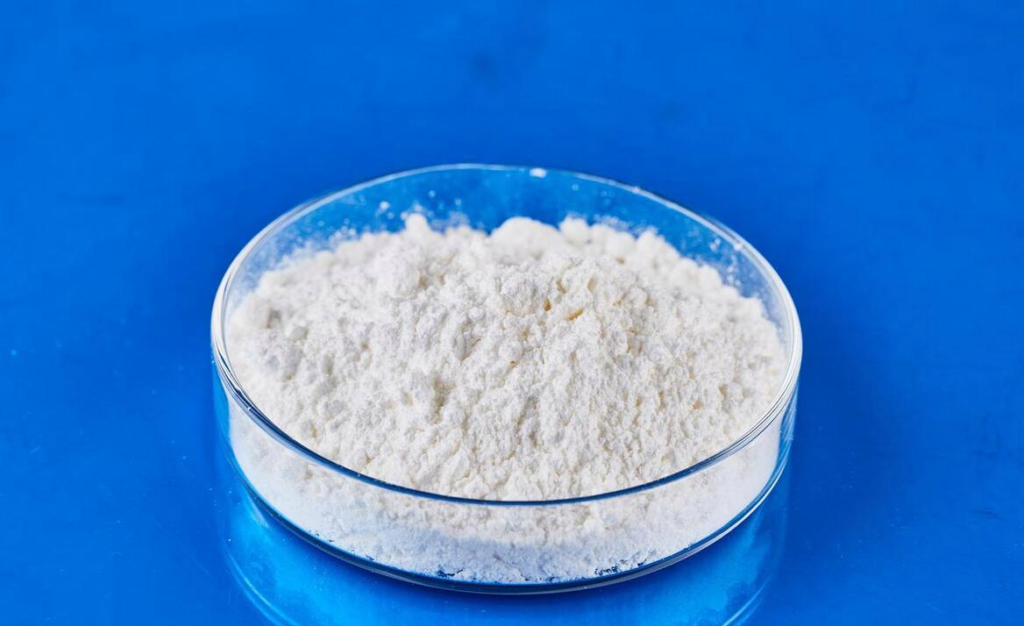Hebei Messi Biology Co., Ltd. stated that magnesium oxide, as an additive for chemical materials, starts with magnesium oxide and ends with magnesium oxide, without chemical structure changes. In theory, it will not cause artificial changes to the ecology, which is in line with the new trend of the world’s industrial development that attaches importance to environmental protection. Therefore, the magnesium oxide industry is a “sunrise industry” for sustainable development in the 21st century. As a branch of magnesium oxide in application, the medical industry, with high-end nano-magnesium oxide as the successor of magnesium oxide series products, will gradually replace ordinary magnesium oxide and play its significant antibacterial role, with good market prospects. In the next few years, the demand for nano-magnesium oxide in my country will grow by about 20% annually.
With the destruction of the human living environment, new bacteria and pathogens emerge in an endless stream. Human beings urgently need a new and efficient antibacterial material. Nano-magnesium oxide has shown unique advantages in the field of antibacterial. Nano magnesium oxide has the advantages of low toxicity, high heat resistance, environmental friendliness, long-lasting and broad-spectrum antibacterial properties. It can overcome the problems of high cost, easy discoloration, poor stability and biological toxicity of silver-based antibacterial materials, and can also make up for the low antibacterial efficiency and dependence on ultraviolet light of photocatalytic antibacterial materials, becoming a hot research topic in the current field of antibacterial materials.

As a new type of multifunctional inorganic antibacterial material, nano magnesium oxide has broad application prospects in many fields. First of all, magnesium oxide is very easy to hydrate, and it can also form a layer of magnesium hydroxide on the surface. The oxygen dissolved in the solution generates active oxygen ions through a single-electron reduction reaction. The surface of magnesium oxide is coated with a layer of hydroxide ions. Since oxygen is chemically stable in an alkaline environment, high concentrations of active oxygen ions can exist on the surface of magnesium oxide. Active oxygen ions have strong oxidizing properties and can destroy the peptide bond structure of the bacterial cell membrane wall, thereby quickly killing bacteria.
According to the current characteristics of magnesium oxide, there are two main development paths for its antibacterial materials:
One is to improve the antibacterial properties of nano magnesium oxide by controlling the size and morphological characteristics of the particles. For example, a scaly nano magnesium oxide fraction has strong antibacterial and sterilization capabilities against anthrax, staphylococcus, Escherichia coli, etc.
In addition, new composite antibacterial materials are developed through the compounding of magnesium oxide and other antibacterial materials, mainly including activated carbon/magnesium oxide, metal oxides, magnesium oxide and chlorine, bromine/magnesium oxide, etc. The nano magnesium oxide powder is evenly dispersed on the activated carbon group, which has good antibacterial properties against Staphylococcus aureus. The surface of magnesium oxide can be used to strengthen the adsorption of its surface to form a stable gas system of magnesium oxide/halogen elements, thereby ensuring safe and efficient use.
